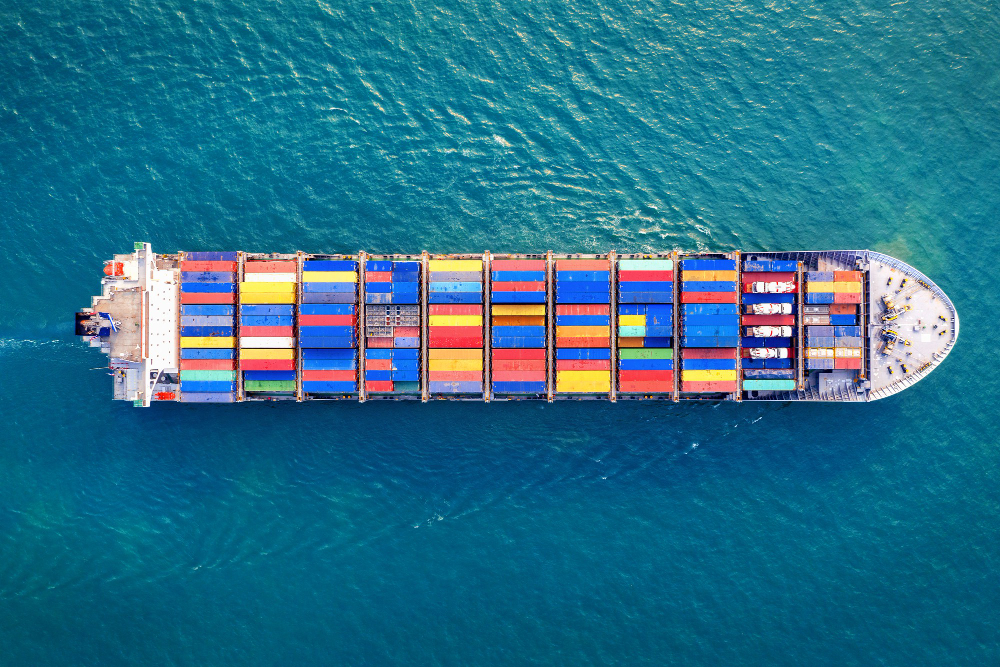
by Diego Gavagnin
Last newsletter, I reported on the "disappearance" of LNG from the PNRR (here), and the likely transfer of the subject to the "Complementary Fund" Decree Law. The Decree-Law has been published in the Official Gazette, with a total fund of 30.6 billion for the years 2021 to 2026, of which 600 million is earmarked for "green ships".
The projects to be financed will follow the same rules as those in the PNRR, with precise objectives, cost-benefit analyses and step-by-step reporting. However, the procedures for accessing these funds are still unclear: what kind of public tenders will be issued, who will issue them, and who will be able to participate.
In recent weeks, when the draft PNRR still envisaged "green ships", there was talk of LNG but also of other forms of motorisation, such as electricity and hydrogen. It is assumed that the cost-benefit analysis must also take into account the time variable, given the urgent need to cut climate-changing emissions by 2030 and 2050.
It is striking that at the same time, in one fell swoop, the MSC Group's Mediterranean Shipping Company, the world's second-largest cargo line operator, is considering a billion-dollar investment to convert some 40 container ships of various sizes already on order to LNG, to be delivered by 2024.
To give an idea of how the market is moving, the other major owner of container ships, CMA CGM, which already has six large ones in use and 13 on delivery, has ordered another 12. It is estimated that the higher cost of LNG motorisation for container ships varies between €20 million (those of 15,000 TEU) and €35 million for the largest (24,000 TEU).
In short, European projects or not, the maritime cargo market seems to have made its choice, at least until 2030 (but probably even beyond) for LNG. As has the cruise market been doing for some years now. It is no coincidence that this is happening at a time when supply is now guaranteed on the world's main routes.
More and more new tankers for ship-to-ship refuelling are being launched, more are being ordered, and in the Mediterranean the first coastal LNG depot, the Higas plant in the port of Santa Giusta-Oristano in Sardinia, with a capacity of nine thousand cubic metres, is about to come on stream.
The global squeeze on climate policies is greatly reducing the role of scrubbers, the filters in chimneys that solidify sulphur, which is then dumped into the sea. This technique has been the main alternative to LNG in recent years and has slowed its penetration. Sulphur, however, acidifies the water and has a negative impact on the climate.
There is much debate about the speed at which new fuels enter the market, including ammonia in addition to electricity and hydrogen, but if large shipowners order LNG ships that are expected to last 25 years, it means that in 2050 the world's LNG logistics will still be alive and well, implemented by climate-neutral bio LNG.
All this and much more on the direct uses of LNG will be discussed in Bologna from 6 to 8 October at the sixth International Conference & Expo, the international appointment of ConferenzaGNL (more info HERE)
 EN
EN  it
it

